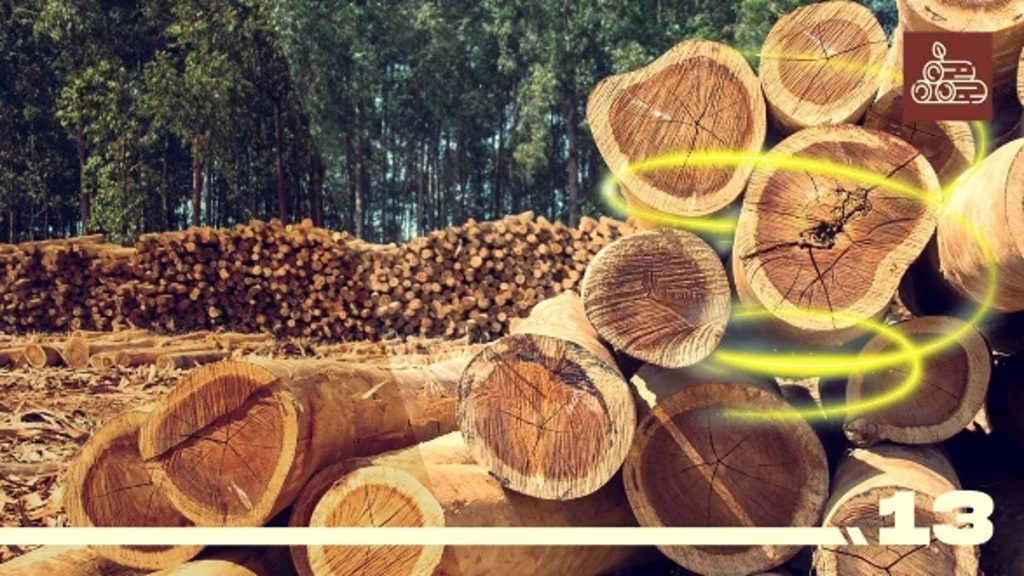A global forest survey reveals that since the beginning of human civilisation, 54% of the Earth’s tree population has been wiped out. This figure will continue to grow as we still cut trees in large numbers daily to make products like paper, wax, medicines, rubber, and furniture.
However, a groundbreaking innovation from MIT researchers demonstrated that deforestation is longer needed to produce timber as they shed light on the world’s first 3D-printed lab-grown wood.
Using cells from the flowering plant known as Zinnia elegans, and treating them with a gel-based medium, researchers were able to bio-print customisable wooden pieces of various shapes and sizes. This lab-grown wood material could prevent deforestation and waste and is currently being further developed using cells of pine trees to 3D print timber by FORAY bioscience.
Read more about it here: http://bit.ly/3GaKyw8

